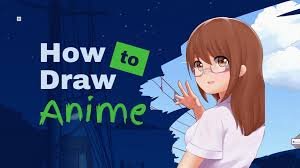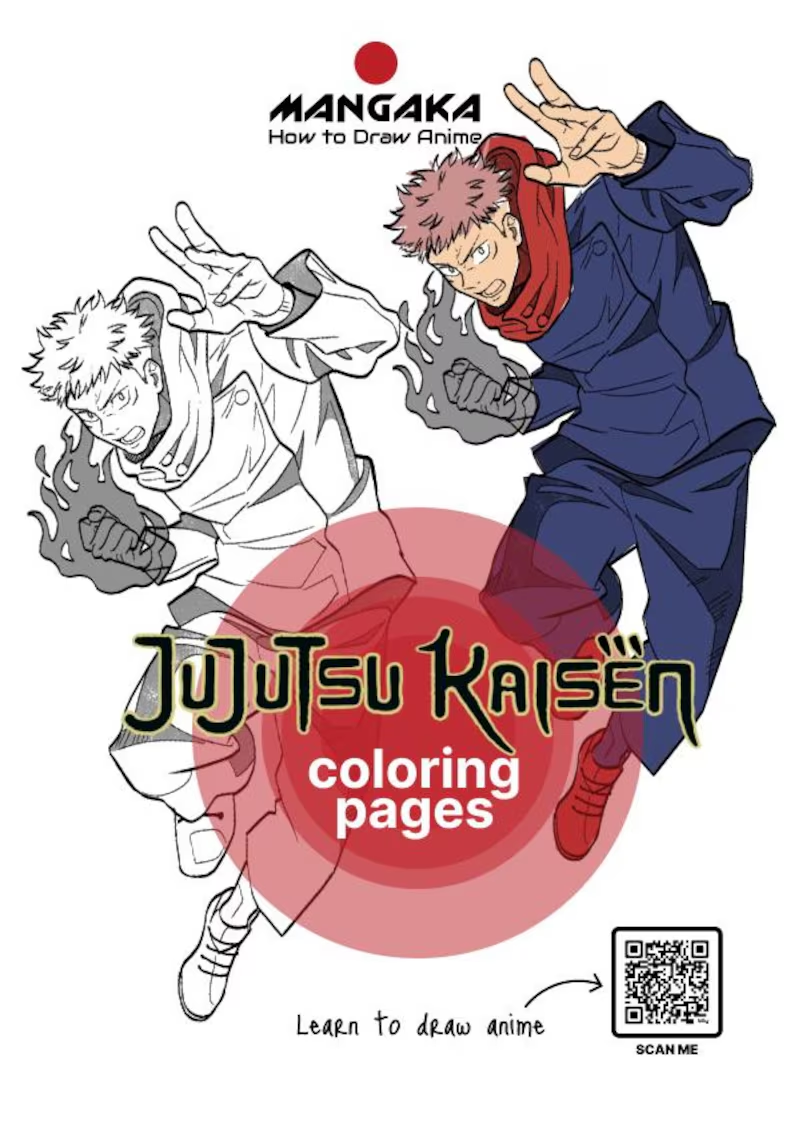Introduction
In the vibrant world of anime and manga, where creativity knows no bounds, a new title is set to make waves. “Seiyū Tantei Akita Shoko” (Voice Actress Detective Shoko Akita) is a fresh addition to the manga landscape, slated for release in the January 2026 issue of Bessatsu Shōnen Champion magazine. This innovative project is a collaboration between three renowned voice actors—Chinatsu Akasaki, Kent Itō, and Reiō Tsuchida—and talented illustrator Kaito Takahashi. But what makes this manga particularly intriguing is its unique blend of voice acting, detective mystery, and the personal journey of a rookie voice actress, Shoko Akita.
The manga’s main character, Shoko Akita, is not only a nod to the publisher Akita Shoten but also serves as a symbol of ambition and mystery. A rookie voice actress with a secret, Shoko’s story promises to captivate audiences with its intriguing plot and relatable themes. This project is more than just another manga; it’s a cultural milestone that showcases the synergy between voice acting and storytelling, offering fans a fresh perspective on the anime industry.
In this article, we’ll delve into the background of this exciting project, explore the cultural significance of voice acting in Japan, and uncover the main insights from this manga’s narrative. We’ll also discuss the challenges and opportunities it presents, speculate on its future impact, and conclude with key takeaways for anime enthusiasts and aspiring voice actors alike.
Background and Context
The Cultural Significance of Voice Acting in Japan
Voice acting, or “seiyū” in Japanese, holds a prominent place in Japan’s entertainment industry. Unlike in many Western countries, where voice actors often remain behind the scenes, Japanese voice actors enjoy celebrity status. They are not only the voices behind beloved anime characters but also perform in radio shows, video games, and live events. This multifaceted role has made voice acting a highly respected and competitive career path.
Historically, the rise of the anime industry in the 1960s and 70s, fueled by iconic series like “Astro Boy” and “Lupin III,” set the stage for the voice acting profession to flourish. As anime gained international popularity, so did the demand for skilled voice actors who could bring characters to life with authenticity and emotion. Today, seiyū are celebrated for their ability to convey complex emotions and add depth to animated characters, making them indispensable to the storytelling process.
The Evolution of Manga as a Storytelling Medium
Manga, a form of comic art originating in Japan, has evolved significantly over the decades. From its early roots in the 12th-century picture scrolls to the modern, serialized stories we see today, manga has become a powerful medium for storytelling. It tackles a wide range of genres, from action and romance to mystery and horror, appealing to diverse audiences worldwide.
One of the key developments in manga’s history is its ability to adapt and incorporate contemporary themes and social issues. This adaptability has allowed manga to remain relevant and engaging, constantly pushing the boundaries of creativity. “Seiyū Tantei Akita Shoko” is a testament to this evolution, blending the traditional elements of detective fiction with the modern world of voice acting.
The Role of Akita Shoten in the Manga Industry
Akita Shoten, the publisher behind Bessatsu Shōnen Champion, has been a significant player in the manga industry since its establishment in 1948. Known for publishing popular titles such as “Black Jack” and “Yowamushi Pedal,” Akita Shoten has a reputation for supporting innovative projects and emerging talent.
The collaboration between Akita Shoten and the voice actors behind “Seiyū Tantei Akita Shoko” is a reflection of the publisher’s commitment to exploring new storytelling avenues. By bringing together the worlds of manga and voice acting, Akita Shoten is paving the way for a new era of creative expression.
Main Insights on “Seiyū Tantei Akita Shoko”
The Unique Blend of Voice Acting and Mystery
At the heart of “Seiyū Tantei Akita Shoko” lies the intriguing combination of voice acting and detective mystery. The protagonist, Shoko Akita, navigates the competitive world of voice acting while unraveling mysteries that test her skills and resolve. This dual narrative offers a fresh take on the detective genre, highlighting the challenges and triumphs faced by those in the voice acting industry.
Voice acting, often perceived as a behind-the-scenes role, is brought to the forefront in this manga, providing readers with an insider’s view of the industry. Through Shoko’s journey, the manga explores themes of ambition, perseverance, and the pursuit of dreams, resonating with aspiring voice actors and anime fans alike.
Character Development: Shoko Akita’s Journey
Shoko Akita is more than just a rookie voice actress; she embodies the struggles and aspirations of many young professionals in the anime industry. Her character is crafted with depth and nuance, showcasing her determination to succeed despite the obstacles she faces. As she juggles her career and secret detective activities, readers are drawn into her world, rooting for her success and uncovering hidden layers to her personality.
The character development in “Seiyū Tantei Akita Shoko” is a testament to the collaborative efforts of Chinatsu Akasaki, Kent Itō, and Reiō Tsuchida, who bring their expertise and personal experiences to the story. Their insights into the voice acting industry add authenticity and relatability to Shoko’s character, making her journey all the more compelling.
The Creative Process: Collaboration Between Voice Actors and Illustrators
The collaboration between voice actors and illustrator Kaito Takahashi is a unique aspect of this manga’s creation. Each voice actor brings their perspective to the narrative, enriching the storytelling with their understanding of character emotions and dynamics. This synergy between voice and visuals results in a manga that is both visually stunning and emotionally resonant.
Kaito Takahashi’s artistic style complements the story’s themes, capturing the essence of the characters and the world they inhabit. His ability to translate the voice actors’ vision into compelling visuals is a testament to his skill and creativity. Together, this team has crafted a manga that stands out in its originality and execution.
Cultural Impact: Bridging Anime and Manga
“Seiyū Tantei Akita Shoko” serves as a cultural bridge between anime and manga, two interconnected yet distinct forms of Japanese storytelling. By focusing on the life of a voice actress, the manga highlights the symbiotic relationship between these mediums, showcasing how voice acting enhances the anime experience.
This exploration of voice acting within a manga narrative is a novel approach that invites readers to appreciate the art form from a new perspective. It also underscores the importance of voice actors in bringing characters to life, reinforcing their status as integral contributors to the anime industry.
Challenges and Opportunities
Navigating the Competitive Voice Acting Industry
The voice acting industry in Japan is notoriously competitive, with thousands of aspiring seiyū vying for limited roles. This competitive landscape is reflected in “Seiyū Tantei Akita Shoko,” where Shoko’s journey mirrors the real-life challenges faced by many voice actors. The manga sheds light on the dedication and perseverance required to succeed in this field, offering valuable insights for those aspiring to enter the industry.
Opportunities for Cross-Media Storytelling
The collaboration between voice actors and manga creators presents new opportunities for cross-media storytelling. By integrating voice acting elements into the manga narrative, “Seiyū Tantei Akita Shoko” paves the way for innovative projects that blur the lines between different forms of media. This approach not only enriches the storytelling experience but also expands the reach of anime and manga to new audiences.
Future Outlook
The Growing Influence of Voice Actors in Anime and Manga
As the anime industry continues to grow, the role of voice actors is becoming increasingly prominent. “Seiyū Tantei Akita Shoko” is a reflection of this trend, highlighting the impact voice actors have on shaping characters and narratives. The manga’s success could inspire more projects that celebrate the contributions of seiyū, further elevating their status within the industry.
Technological Advancements and Storytelling Innovation
Advancements in technology, such as virtual reality and augmented reality, are transforming the way stories are told. These technologies have the potential to revolutionize the anime and manga experience, offering immersive and interactive narratives. “Seiyū Tantei Akita Shoko” could serve as a precursor to such innovations, inspiring creators to explore new storytelling possibilities.
Conclusion
“Seiyū Tantei Akita Shoko” is more than just a manga; it’s a cultural milestone that celebrates the art of voice acting and the power of storytelling. Through its unique narrative and compelling characters, the manga offers valuable insights into the challenges and triumphs of the voice acting industry. As it bridges the worlds of anime and manga, it paves the way for innovative storytelling approaches and cross-media collaborations.
For anime enthusiasts and aspiring voice actors, “Seiyū Tantei Akita Shoko” is a source of inspiration and a testament to the creativity and resilience required to succeed in this dynamic industry. As we look to the future, the manga’s impact will undoubtedly resonate with audiences, encouraging new generations to pursue their dreams and explore the limitless possibilities of anime and manga storytelling.





